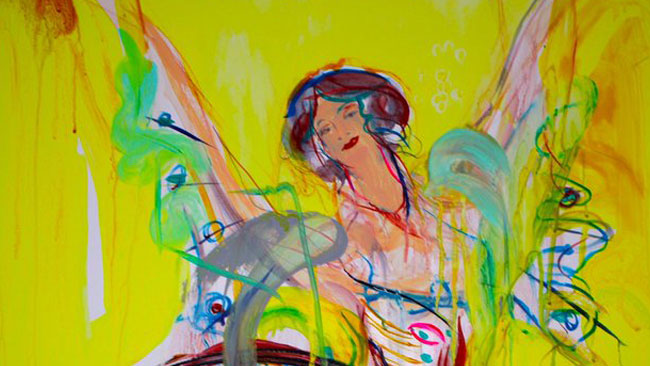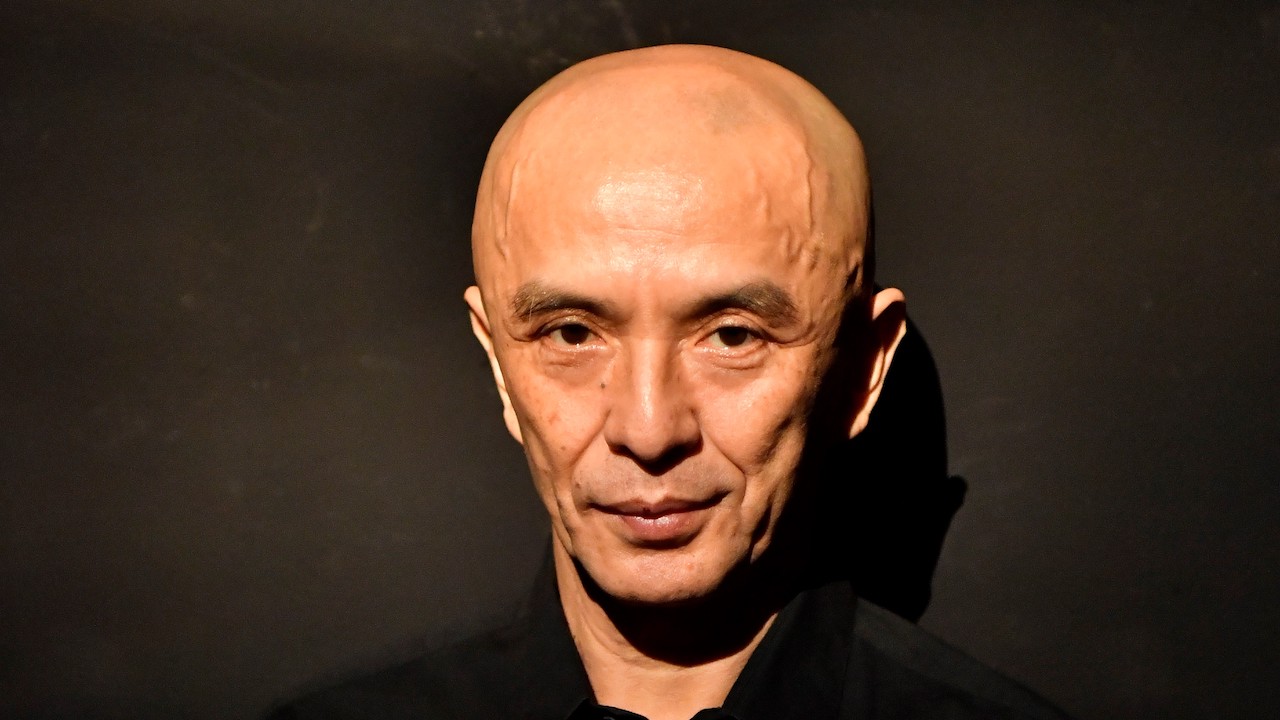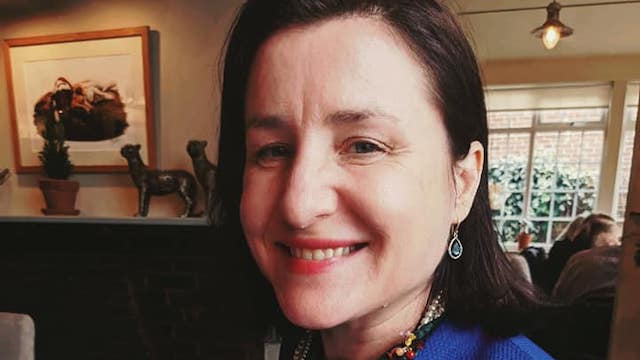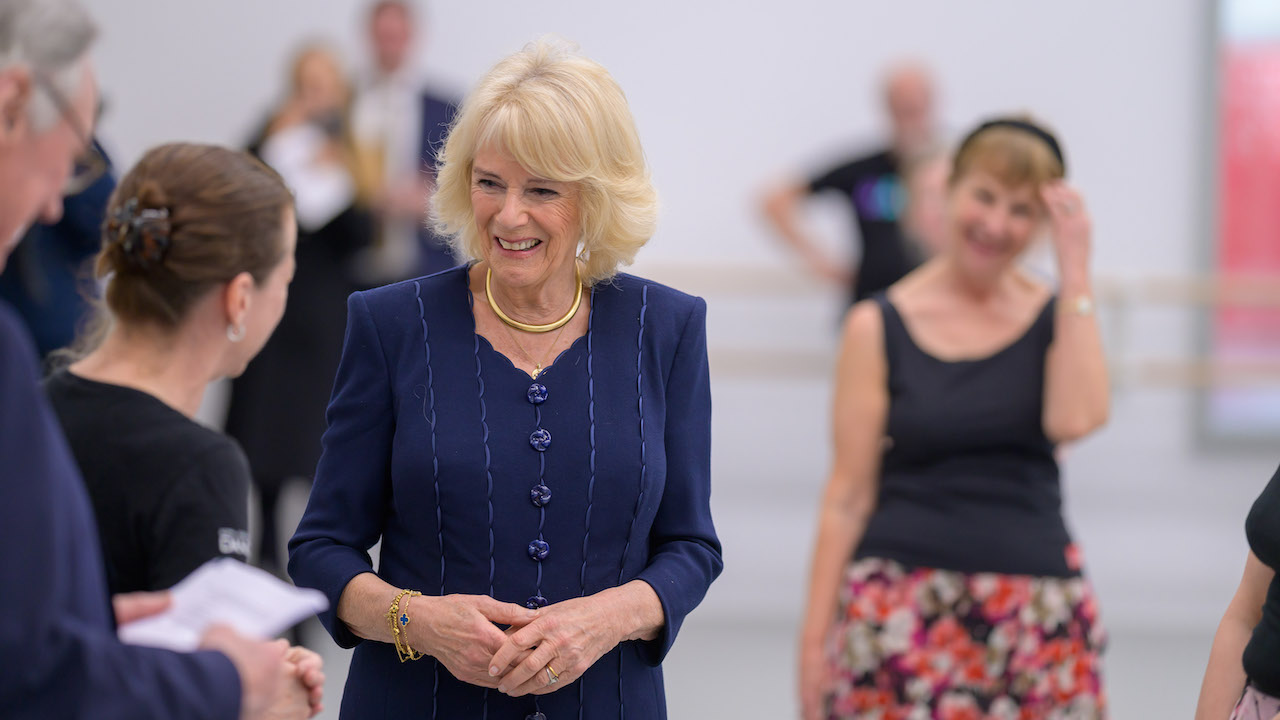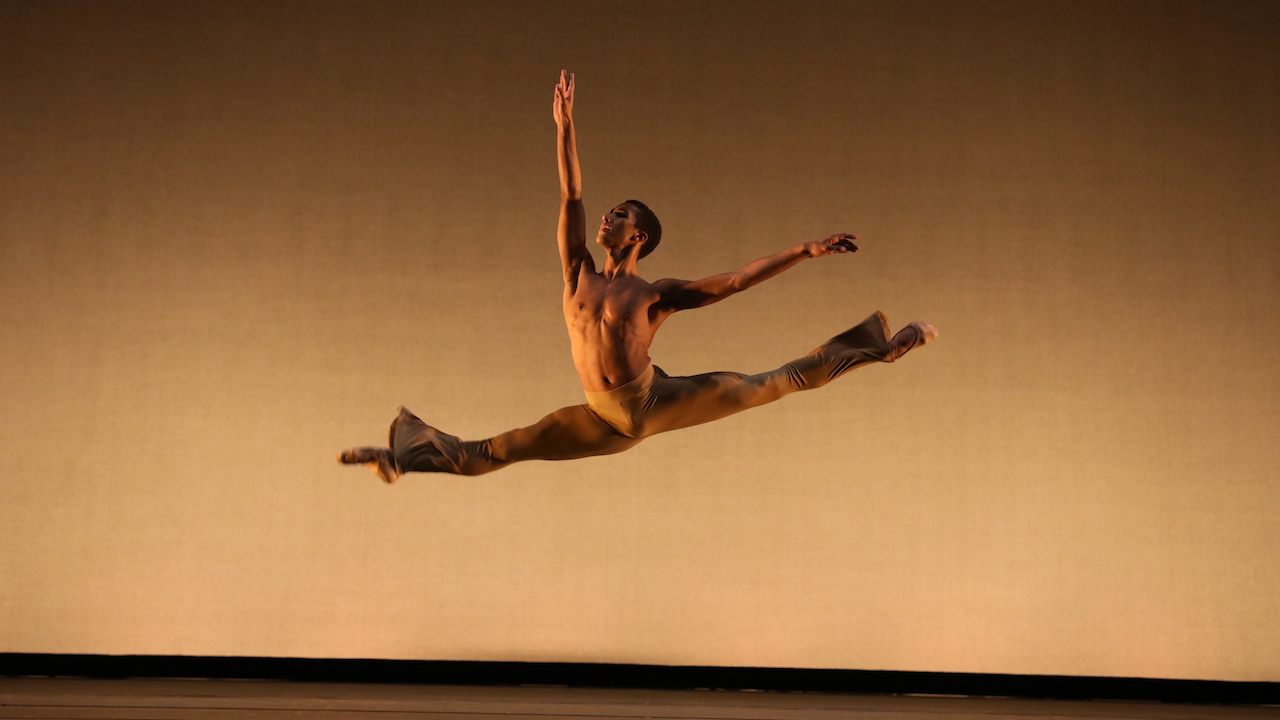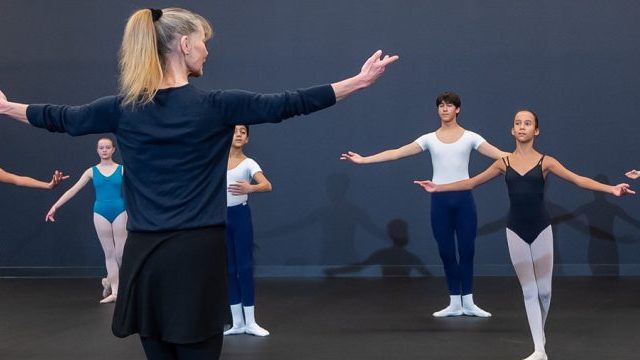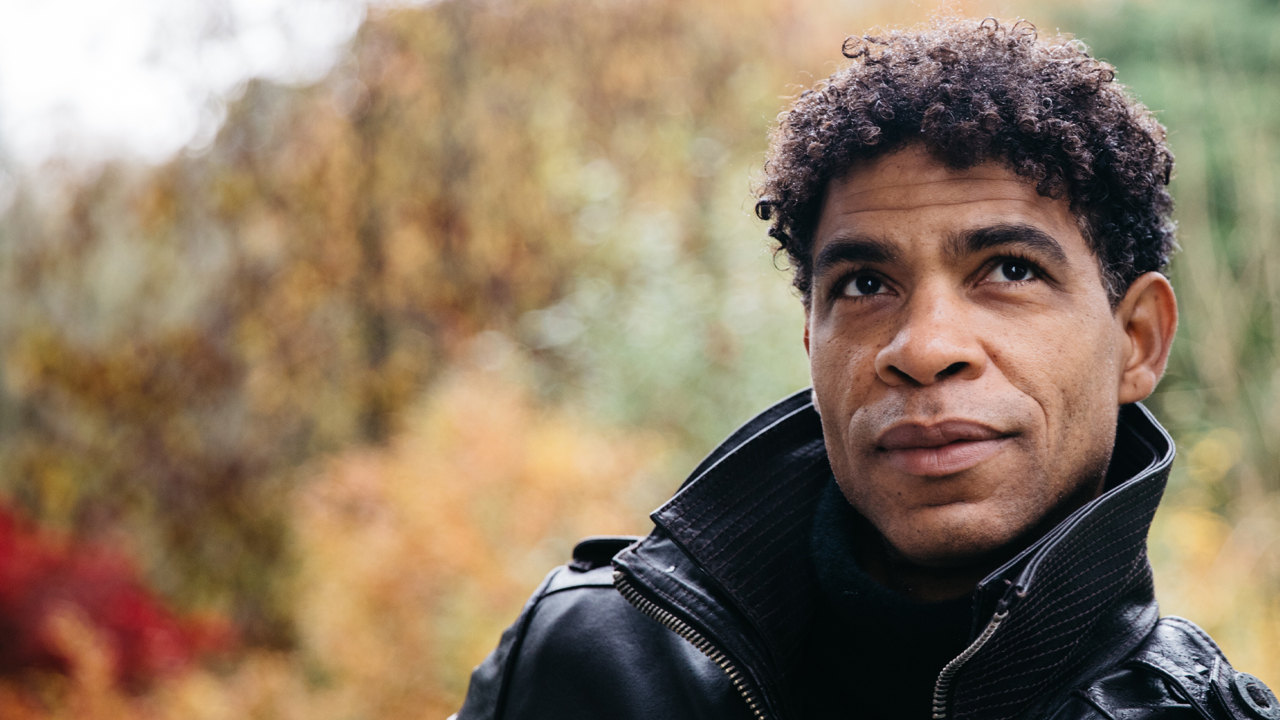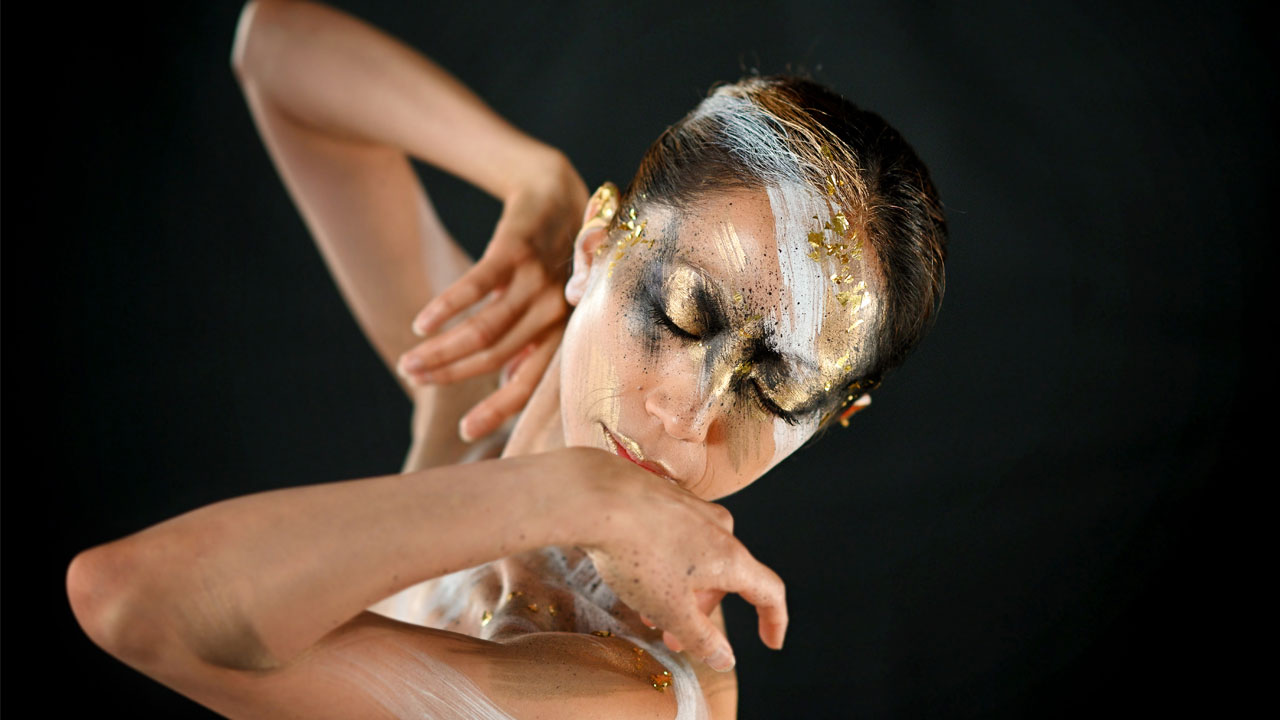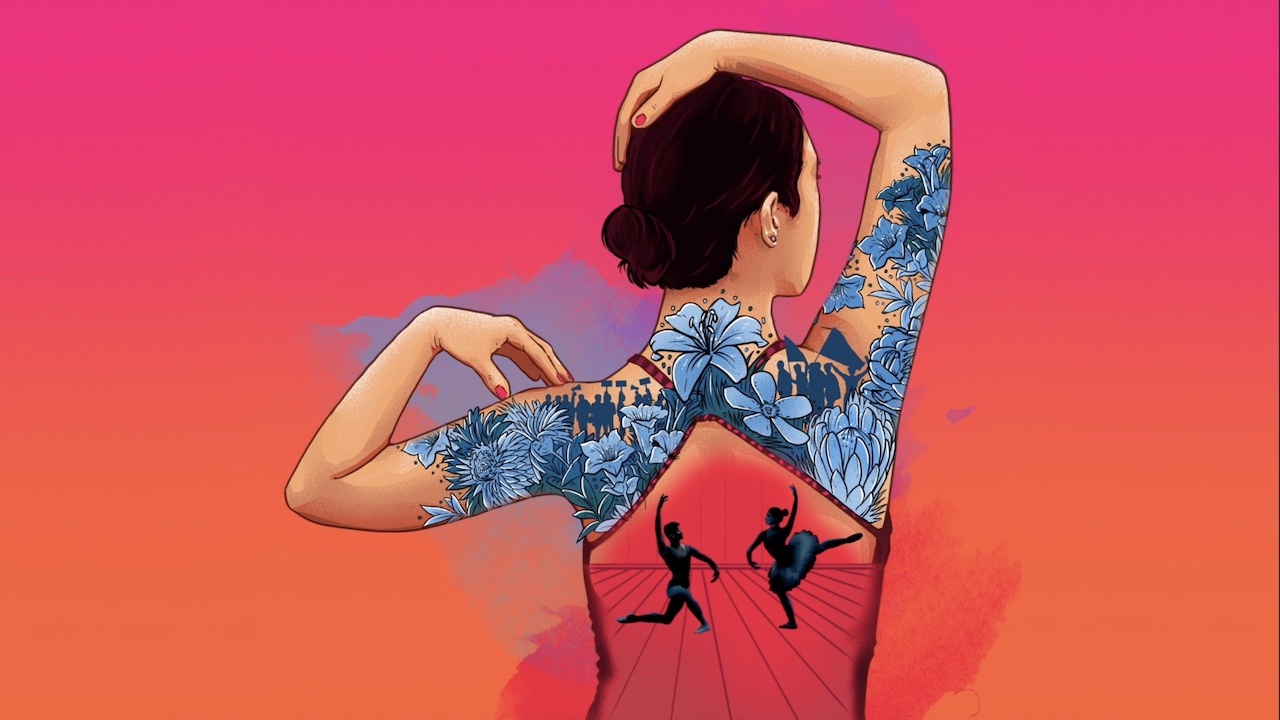Welcome to the RAD’s new global headquarters in London. Film: David Kaplowitz
Issue 4 – June 2022
What does home mean to you? A place of safety and shelter? Somewhere you can be your whole self? A base from which to take on the world?
What does home mean to you? A place of safety and shelter? Somewhere you can be your whole self? A base from which to take on the world?
Dance organisations need a home, just as individuals do, and this issue of Dance Gazette celebrates the RAD’s new London home. Its global headquarters are sleek, serene and spacious, open to visitors and the local community alike. We meet the people who made it happen and commemorate the official opening ceremony.
Although we rightly trumpet the RAD’s international reach in Dance Gazette, it felt like a good moment to offer members a hyper-local deep dive into Battersea, the singular corner of London in which the RAD has laid its roots for many decades. Our unique audio tour lets you experience this riverside area’s rich history – famous for parks and pets, for asparagus farming and teacher training.
We also explore how dance can feel like home for the LGBTQ+ community. But home is not without challenges – we learn how Diaghilev’s genius choreographer Bronislava Nijinska created a vision of her homeland when living far away; and ask how dance teachers and artists who also have caring responsibilities balance a demanding career with an equally demanding home life.
Whether you’re just around the corner from the RAD’s new London home, or many thousands of miles away, I hope this issue helps you feel connected. And Tim Arthur, the RAD’s enthusiastic new Chief Executive, says he’ll take international visitors on a personal tour of the new building – that’s quite an invitation!
David Jays
Editor
Where dance happens
The RAD’s new global headquarters will let the Academy spread its wings. Sarah Crompton explores the building and meets the people who made it happen.
Meet the boss
Tim Arthur has worked in theatre, publishing and finance, and now he’s the RAD’s new Chief Executive. David Jays hears about his love of the arts and ear for the membership – and his unexpected dancing past.
Welcome to Battersea
Take Veronica Horwell’s unique audio tour through Battersea’s rich history – a place of pets, parks and power, and home to the RAD.
Here, queer and dancing
A male pairing on the British tv show Strictly Come Dancing shone a spotlight on the LGBTQ+ dance scene. Emily Garside explores the history and power of queer dance.
Taking care
Dance is a demanding career – especially when you also have caring responsibilities at home. Georgina Lawton hears about the challenges of combining dance and care.
Long way from home
Bronislava Nijinska was in Monte Carlo when she began work on what would become her greatest ballet, Les Noces, a Russian tragedy created in exile. As the ballet approaches its centenary, Lynn Garafola traces its evolution and shattering effect.
SHORT READS Issue 4 – June 2022
Saburo Teshigawara
The seasoned Japanese choreographer has advice from an acclaimed career.
Read more
Kim Wide
The RAD in London is developing a Good Neighbours programme with its local community. Kim Wide of Take A Part, an organisation committed to co-creation, explains why this work is crucial.
Read more
Harper Watters
Houston Ballet soloist Harper Watters on legacy, pink heels and the power of social media.
Read more
Technique and beyond
The first in a series in which Gerard Charles, the RAD’s Artistic Director, explores our endlessly fascinating relationship with dance.
Read more
MORE ISSUES
CLASSIC CARLOS
Issue 3 – February 2022
Few dancers delight a theatre audience like Carlos Acosta. The Cuban star is a classical artist and an undoubted charismatic – and although nudging 50, he continues to test himself and to give a frisson to challenging new work.
FACE ON
Issue 2 – October 2021
An issue all about the face we present to the world. Discover portraits, old masters, puppets, an RAD founder and the surprising history of ballet make-up.
FRESH START
Issue 1 – June 2021
The very first fully digital issue of Dance Gazette is all about embracing change. We explore impactful change: on stage, in sustainability, for young dancers entering the profession. Plus, breakdance!


